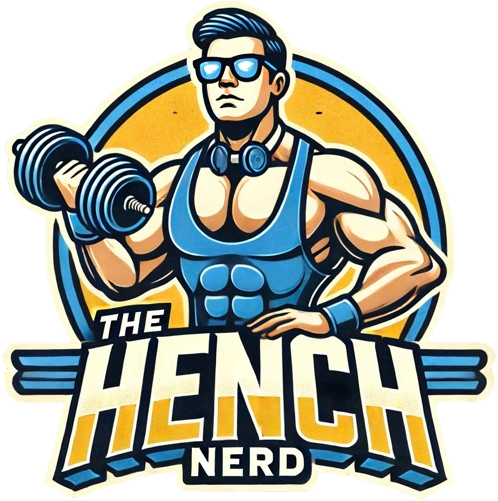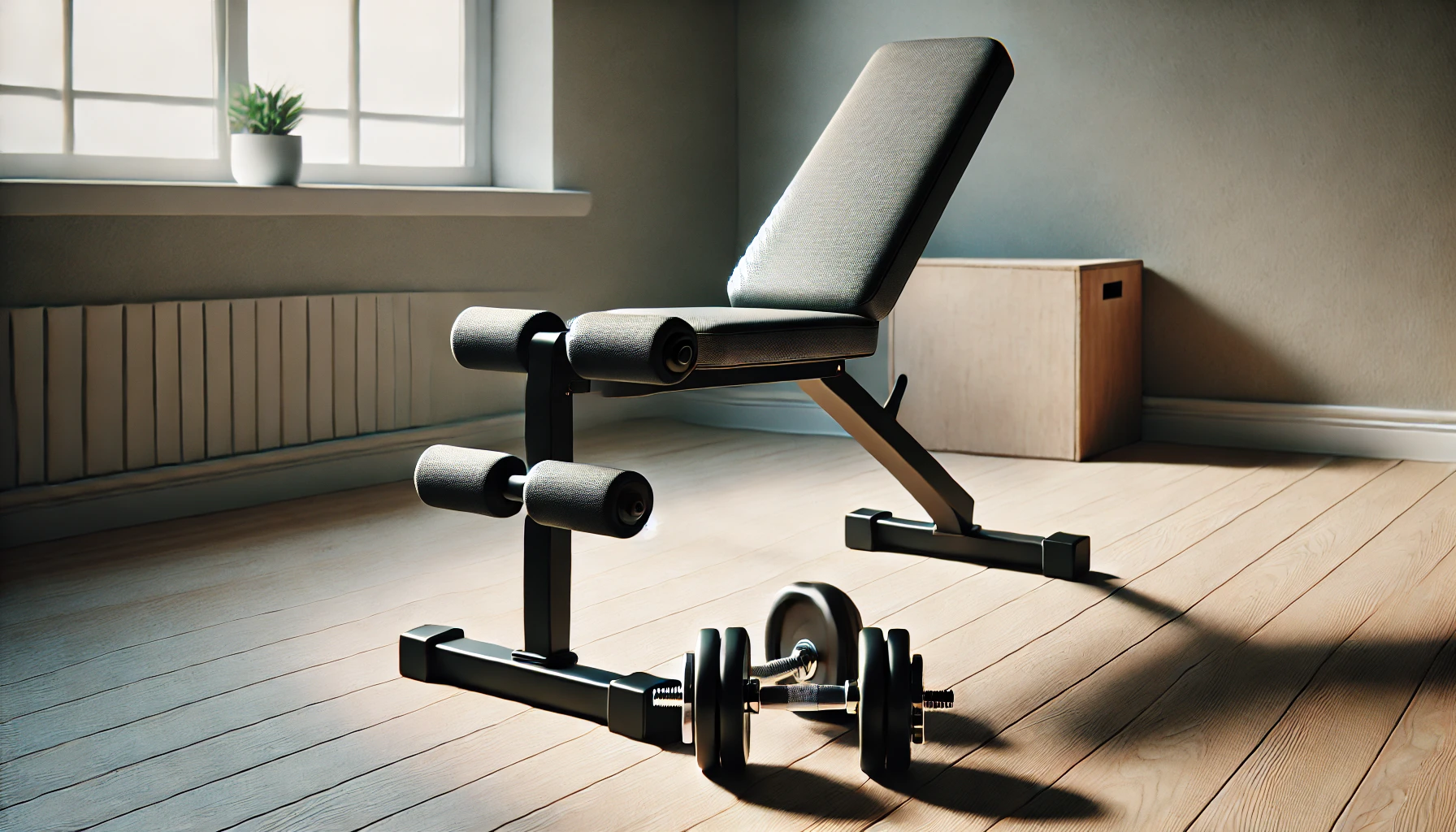how To Train harder in the gym: Meet the gym Characters
I thought we’d go down the route of the satirical and humorous, with a dash of serious sprinkled in. Among us lurk gym characters who must learn how to train harder the gym. Are you one of them? I will stamp this whole article with a caveat. If for any reason, you’re not in the position to train harder, but are doing something – my respect is yours.… Read the rest










